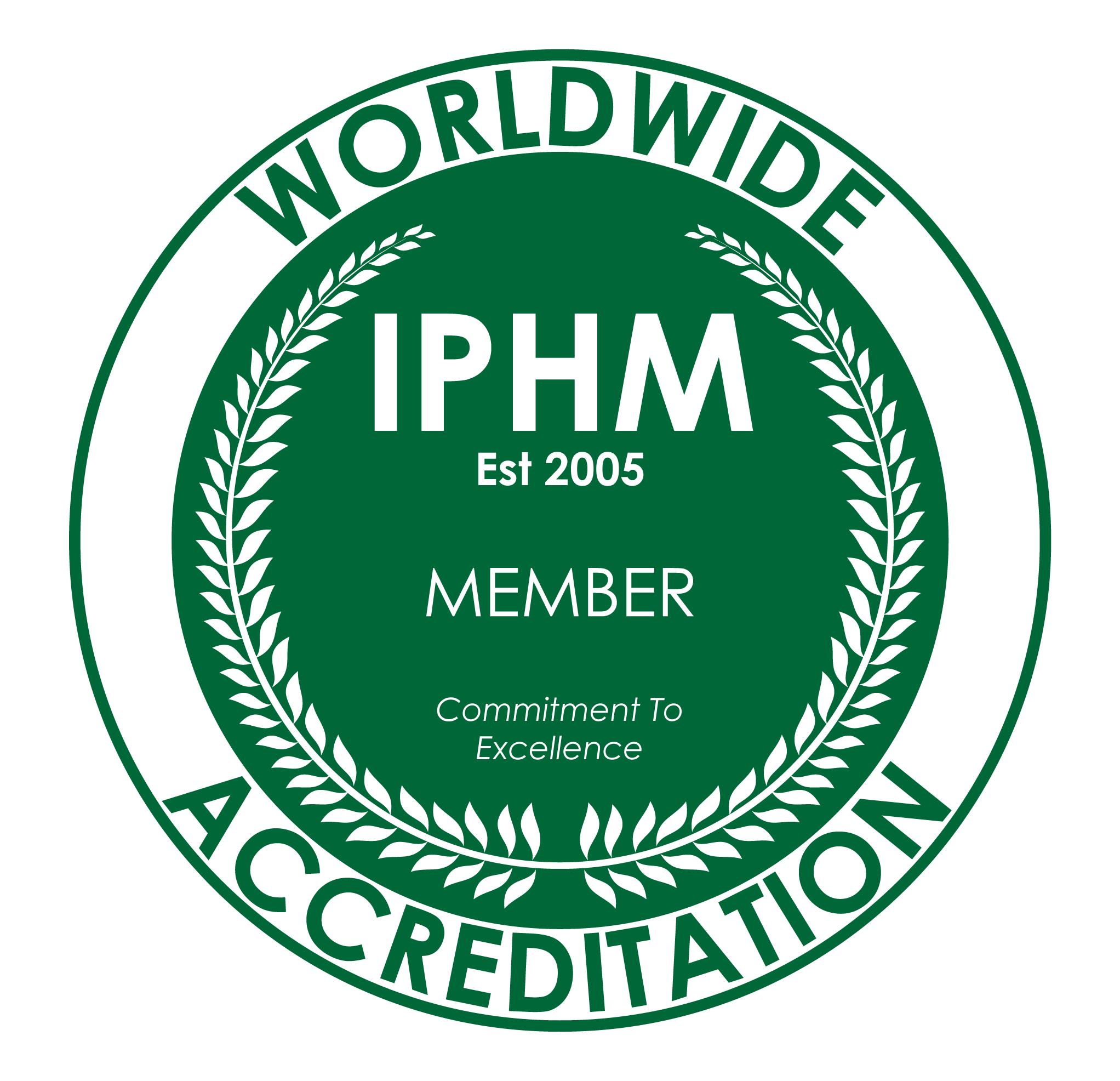When the Past Lives in Our Bodies
Have you ever noticed how your shoulders tense during stress, or your stomach tightens in certain situations? These aren’t random responses – they’re your body’s way of telling its story. Somatic therapy reveals how trauma, especially inherited trauma, leaves its imprint not just in our minds, but in our physical being.
Understanding Stored Trauma
The Physical Memory
Our bodies hold:
- Generational stress patterns
- Unprocessed emotions
- Fight/flight responses
- Nervous system adaptations
- Muscle memory
- Cellular imprints
How Trauma Gets Stored
The Science Behind Storage
Research shows trauma affects:
- Nervous system regulation
- Muscle tension patterns
- Breathing mechanisms
- Digestive function
- Sleep patterns
- Immune responses
Signs of Stored Trauma
Physical Manifestations
Common indicators include:
- Chronic tension areas
- Unexplained pain patterns
- Digestive sensitivities
- Sleep disruptions
- Energy fluctuations
- Movement restrictions
The Somatic Approach
Working with the Body
Somatic therapy helps by:
- Tracking body sensations
- Releasing held patterns
- Restoring natural movement
- Regulating nervous system
- Processing stored emotions
- Building body awareness
Breaking the Pattern
Release Techniques
Effective approaches include:
- Mindful body scanning
- Tension release exercises
- Movement therapy
- Breath work
- Nervous system regulation
- Body-mind integration
The Role of the Nervous System
Understanding Regulation
Key aspects include:
- Sympathetic response patterns
- Parasympathetic activation
- Vagal tone improvement
- Stress response management
- Recovery capacity
- Resilience building
Practical Tools for Release
Daily Practices
Incorporate:
- Body awareness check-ins
- Gentle movement sequences
- Breathing exercises
- Grounding practices
- Tension release work
- Mindful rest periods
The Healing Journey
Steps to Recovery
The process involves:
- Building body awareness
- Identifying trigger patterns
- Creating safety anchors
- Processing stored emotions
- Developing new responses
- Integrating changes
Working with Inherited Patterns
Generational Release
Understanding how:
- Family patterns manifest physically
- Stress responses are inherited
- Protection mechanisms develop
- Release can affect generations
- Healing impacts family systems
- Change creates ripple effects
The Science of Release
Research Insights
Studies show:
- Trauma’s cellular impact
- Epigenetic influences
- Nervous system adaptability
- Body-mind connection
- Healing mechanisms
- Recovery patterns
Integration Practices
Supporting Change
Essential elements:
- Regular body check-ins
- Movement exploration
- Emotional processing
- Rest and recovery
- Social connection
- Nature engagement
Client Experiences
“I always carried tension in my shoulders, just like my mother. Through somatic work, I discovered this was inherited anxiety. As I released it, both my posture and relationships changed.” – Lisa, Workshop Participant
Professional Support
Finding Help
Look for practitioners who:
- Have comprehensive training
- Understand trauma
- Create safe space
- Work gradually
- Honor boundaries
- Support integration
Daily Implementation
Self-Practice Tools
Regular habits:
- Morning body scan
- Mindful movement
- Breath awareness
- Tension checks
- Emotional tracking
- Evening release
Building Resilience
Long-term Benefits
Regular practice develops:
- Body awareness
- Emotional literacy
- Stress resilience
- Response flexibility
- Physical freedom
- Relational ease
Conclusion
Understanding how trauma lives in the body opens new pathways for healing. Through somatic therapy, we can release inherited patterns and create new possibilities for well-being, not just for ourselves but for future generations.







